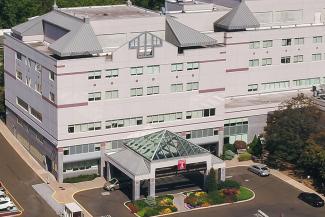In cases where recurrent seizure activity causes injuries, causes other health complications or disrupts everyday life in a way that limits independence, a doctor may recommend treating epilepsy with surgery. Used when seizures do not respond to more conservative treatments and are localized in one place in the brain, epilepsy surgery removes the affected area of the brain in order to reduce or potentially even eliminate your seizures. For temporal lobe epilepsy, surgery could potentially relieve seizure activity in more than 80 percent of patients.
Epilepsy is a neurological disorder involving episodes of abnormal brain activity that cause seizures. Symptoms include staring spells, loss of consciousness, spells of confusion, and twitching or jerking movements in the arms and legs. While anyone can have a seizure (often caused by high fever or head injury), epilepsy is not diagnosed unless those seizures occur two or more times.
Types of Epilepsy Surgery
Surgeries offered to treat epilepsy at Temple include:

